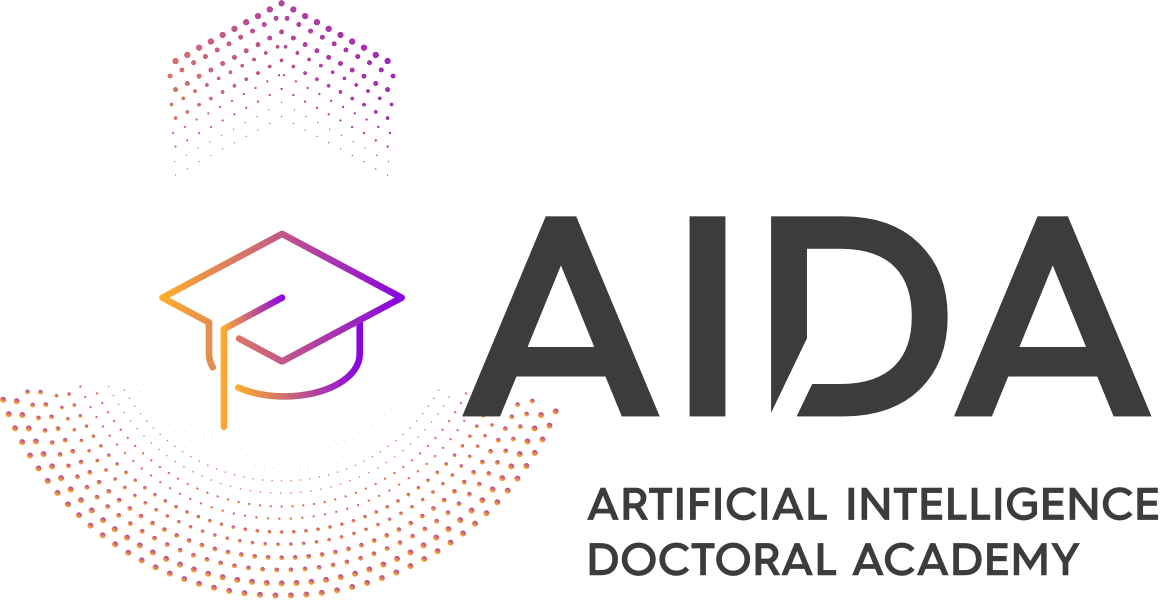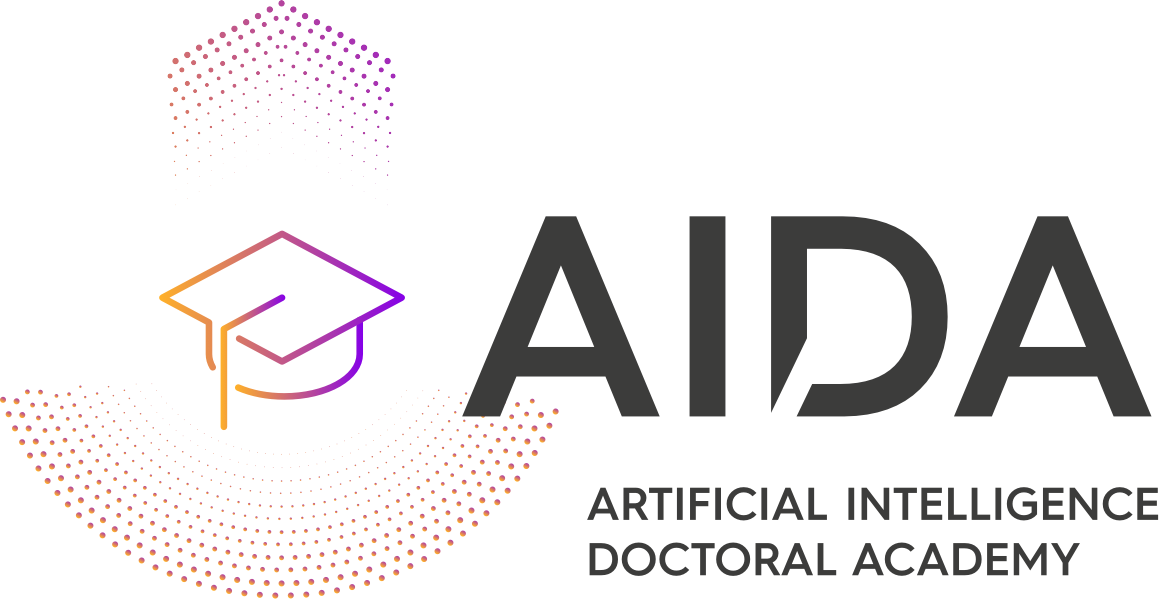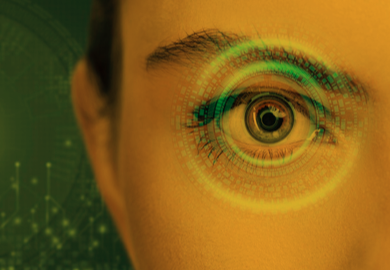
23rd February 2021
Lecture by Prof. Pietro Perona Measuring algorithmic bias in face analysis — towards an experimental approach
Measuring algorithmic bias is crucial both to assess algorithmic fairness, and to guide the improvement of algorithms. Current methods to measure algorithmic bias in computer vision, which are based on observational datasets, are inadequate for this task because they conflate algorithmic bias with dataset bias. To address this problem I will propose experimental method for measuring algorithmic bias of face analysis algorithms, which manipulates directly the attributes of interest, e.g., gender and skin tone, in order to reveal causal links between attribute variation and performance change. The method is based on generating synthetic “transects” of matched sample images that are designed to differ along specific attributes while leaving other attributes constant. A crucial aspect of our approach is relying on the perception of human observers, both to guide manipulations, and to measure algorithmic bias. Besides allowing the measurement of algorithmic bias, synthetic transects have other advantages with respect to observational datasets: sampling attributes more evenly, allowing for more straightforward bias analysis on minority and intersectional groups, enabling prediction of bias in new scenarios, reducing ethical and legal challenges, and they are economical and fast to obtain, helping make bias testing affordable and widely available. The method is validated by comparing it to a study that employs the traditional observational method for analyzing bias in gender classification algorithms. The two methods reach different conclusions. While the observational method reports gender and skin color biases, the experimental method reveals biases due to gender, hair length, age, and facial hair.
Professor Perona is the Allen E. Puckett Professor of Electrical Engineering at Caltech. He directs the Computation and Neural Systems (www.cns.caltech.edu), a PhD program centered on the study of biological brains and intelligent machines. Professor Perona’s research centers on vision. He has contributed to the theory of partial differential equations for image processing and boundary formation, and to modeling the early visual system’s function. He is currently interested in visual categories and visual recognition. Professor Pietro Perona‘s research focusses on vision: how do we see and how can we build machines that see. Professor Perona is also interested in studying how humans perform visual tasks, such as searching and recognizing image content. One of his recent projects studies how to harness the visual ability of thousands of people on the web.



 Back to List
Back to List


